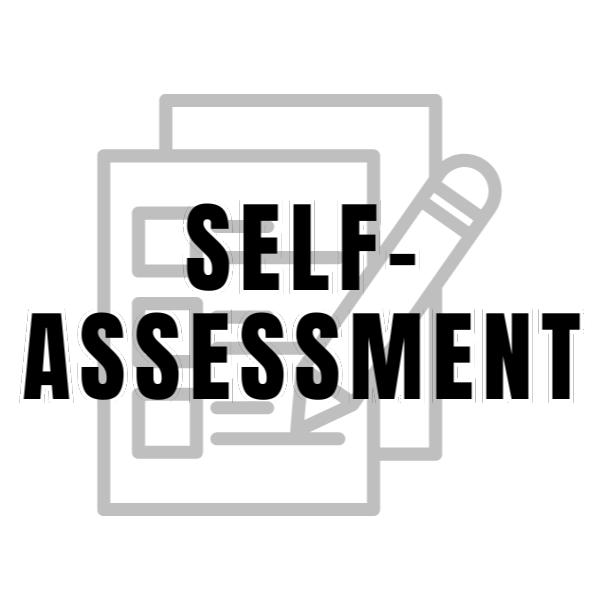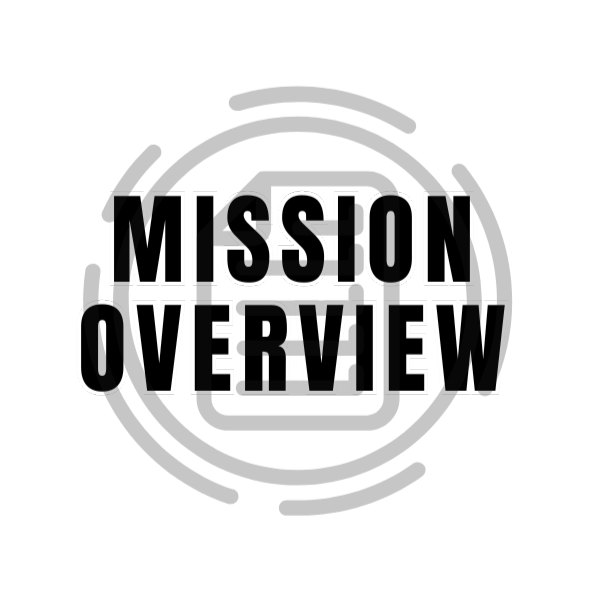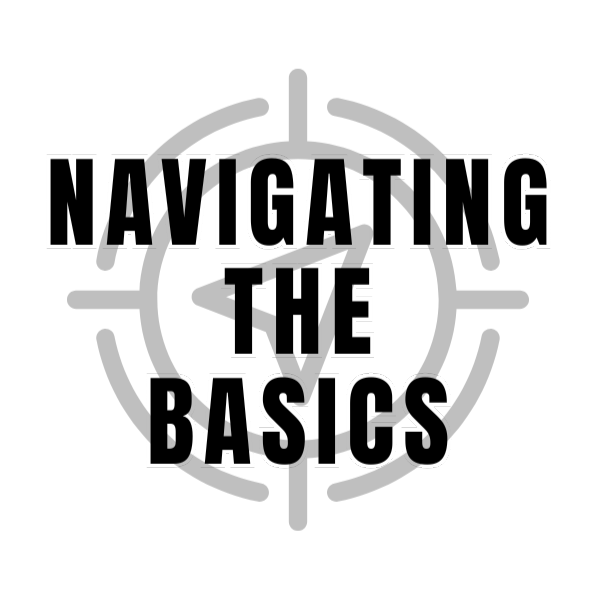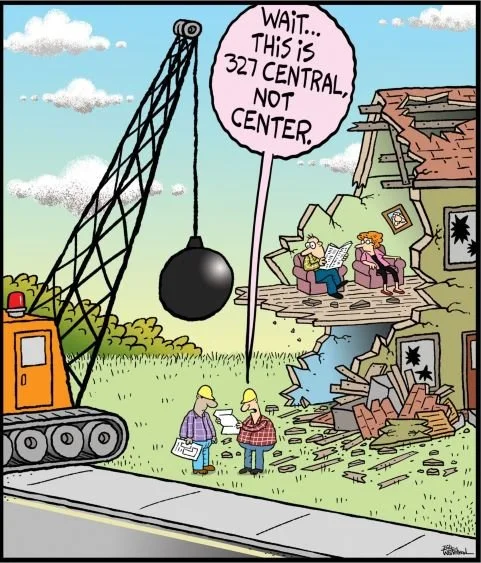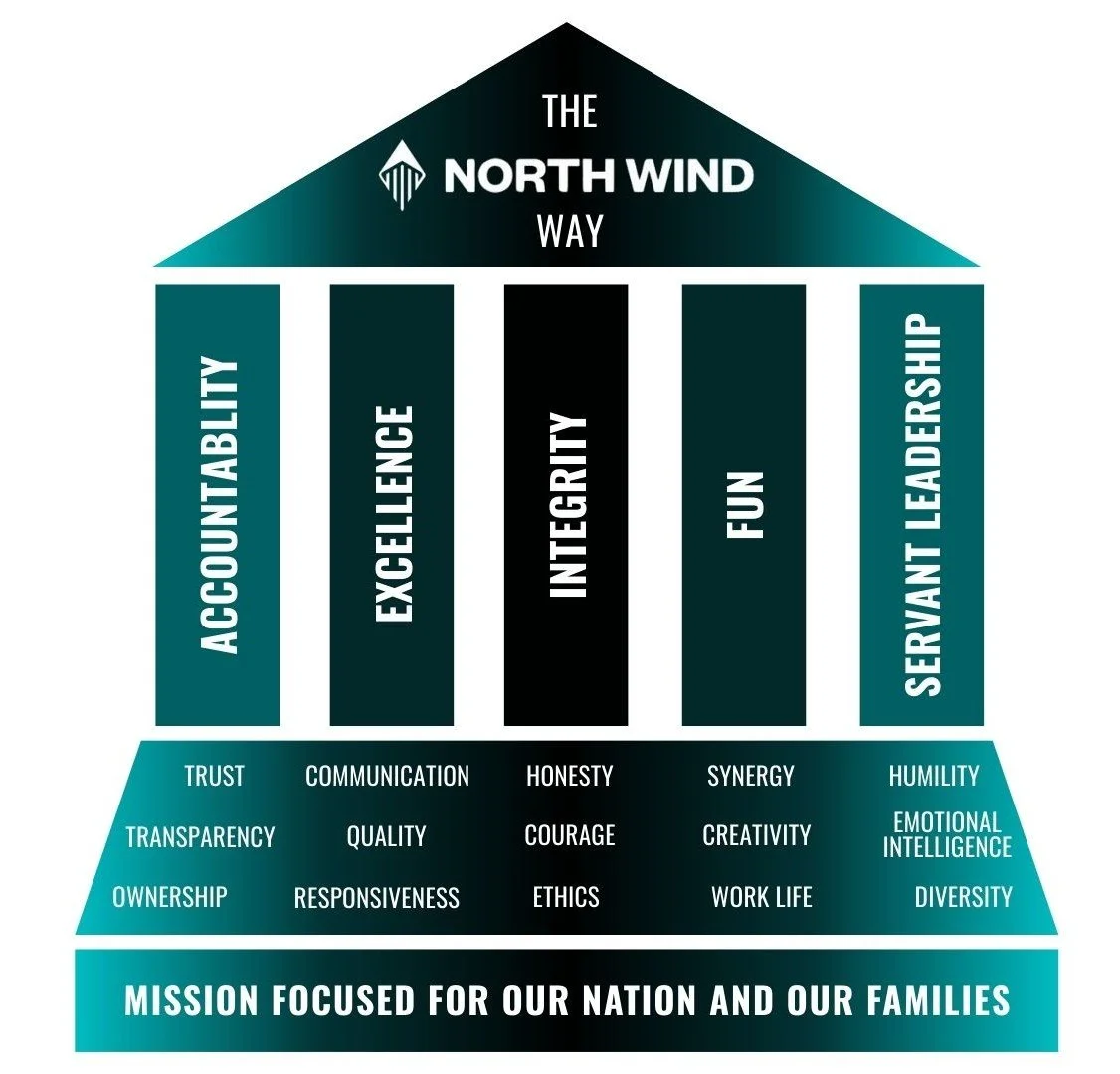Clear, Concise, and Consistent Communication
A little clarity goes a long way. Communication affects how work gets done, how information is shared, and how reliably people can carry out their responsibilities. When leaders speak and write with clarity, avoid unnecessary language, and reinforce key messages consistently, others are more likely to understand what is expected and respond appropriately. These communication habits reduce confusion, prevent delays, and make it easier for everyone to follow through with accuracy and confidence. Clear communication does not happen by chance; it is a deliberate choice that supports strong leadership and dependable operations.
Self-Assessment:
Clear, Concise, and Consistent Communication
Please take a few moments to contemplate the following self-reflection questions. Where can you identify opportunities for personal growth in your leadership?
Do I make sure my messages are clear and easy to understand?
Can I explain complex ideas in a simple way?
Do I keep my language concise, avoiding unnecessary jargon or over-explaining?
Am I mindful of others' time by keeping my messages brief, especially in writing?
Do I stay consistent in my messaging across different platforms and interactions?
Do my verbal and written communications consistently reflect my leadership?
Do I make sure relevant information is easy for my team and coworkers to access?
Am I able to adjust my communication style when unexpected challenges arise?
Remember, this self-assessment is just a starting point for understanding your knowledge of Clear, Concise, and Consistent Communication as a leader. It's essential to reflect on your responses and actively work on areas where improvement is needed. Additionally, seeking feedback from others and working with your ECFL Leadership Coach can provide valuable insights into your strengths and weaknesses.
When communication is unclear or inconsistent, small issues can quickly grow into huge misunderstandings. People may interpret instructions differently, follow outdated procedures, or assume others are handling tasks that were never assigned. Even minor gaps in communication can lead to rework, scheduling delays, or safety concerns.
In some cases, the problem is not what was said, but what was left out. Unanswered questions can create frustration, especially when the same information has to be clarified multiple times. If one group receives updates while another does not, it can cause uneven expectations and lead to breakdowns between departments. Over time, people may stop asking questions altogether, unsure whether they will get a clear answer or be met with conflicting information.
“Communication is a skill that you can learn. It’s like riding a bicycle or typing. If you’re willing to work at it, you can rapidly improve the quality of every part of your life.”
Here are some common signs that communication needs more attention:
Misunderstandings: People act on assumptions instead of confirmed details. The same message may be interpreted in different ways, depending on how and when it was delivered.
Wasted effort: Time is spent re-explaining decisions, clearing up confusion, or fixing mistakes that could have been avoided with clearer direction.
Unclear expectations: When guidance is incomplete or changes without explanation, people may hesitate to move forward or delay their work.
Reduced trust: Inconsistency causes people to question whether they are being fully informed. Some may stop asking questions altogether.
Disengagement: When people are uncertain about priorities or where they fit into a process, they may begin to disengage or wait for direction instead of taking initiative.
Miscommunication often starts small, with minor slips that are easy to miss at first. Leaders who pay attention to how their words are received, and who check for understanding rather than assuming it, can correct misalignment before it becomes costly.
Consider this: Kathy Myers, CEO of a large company, decided on a restructure to improve efficiency and reduce costs. She had a vision for the new structure, which involved merging several departments and creating new reporting lines. However, this change was communicated by Kathy through a brief email she sent to all employees. Kathy did not provide an explanation or a clear timeline for implementation; instead, she only shared some general information regarding the restructure.
What problems did this cause for Kathy and for the organization? Let’s add a little challenge to our journey toward clear, concise, and consistent communication. Read each statement below and match it with these communication mistakes:
A. Ambiguity
B. Lack of Clarity
C. Unclear Timeline
D. No Opportunity for Questions
1. The email was vague and lacked specific details about how the restructuring would impact individual departments and employees. Employees were left with many unanswered questions, leading to confusion and uncertainty.
2. The communication was one-way, with no opportunity for employees to seek clarification. This lack of engagement left employees feeling unheard and frustrated.
3. The reasons for the restructuring or the expected benefits weren’t clearly outlined in the email. Without a clear understanding of the purpose, employees were left to speculate, which led to rumors and misinformation spreading.
4. The email did not provide a timeline for when the restructuring would take place. Employees were unsure when the changes would be implemented, resulting in anxiety and stress.
“You can have brilliant ideas, but if you can’t get them across, your ideas won’t get you anywhere.”
Answers: 1A, 2D, 3B, 4C
Most communication challenges don’t come from a lack of effort, but instead from habits that haven’t been examined. When work gets busy, it is easy to fall back on shorthand or assume others understand things the same way as you. When leaders pause to consider how their message will be received, they often find that small adjustments can lead to much stronger results.
These best practices offer specific ways to improve communication:
Know your audience: Understand who you are communicating with, their level of knowledge, preferences, and communication styles. Tailor your message accordingly to ensure it resonates with your audience.
Set clear objectives: Reflect upon the purpose and desired outcomes of your message before communicating. Ensure that your message aligns with these objectives and conveys the necessary information concisely.
Use simple language: Avoid jargon, technical terms, or unnecessary complexity that may confuse your audience. Opt for clear and straightforward language that is easy to understand.
Get to the point: Be concise and to the point when conveying your message. Eliminate unnecessary details or tangents that can detract from the main message. Focus on delivering the most critical information effectively.
Organize information logically: Structure your message in a logical manner, with a clear introduction, main points, and conclusion. Use headings, bullet points, or numbered lists to make complex information more digestible.
Be consistent: Ensure consistency in your communication style, tone, and messaging across different channels and interactions. Consistency helps build trust and clarity among your audience.
Seek feedback: Openly encourage feedback from your audience to ensure that your communication is clear, effective, and well-received.
When leaders give clear direction and repeat key messages without overwhelming people with too much detail, they make it easier for others to stay on track. Simple habits like these improve communication and strengthen teamwork. At North Wind, clear and consistent communication helps us follow through on our commitments, keep operations moving, and support each other across roles. Take time to look at your own habits, and notice where small changes could make your message easier to understand or apply.
Reflection Questions
When was the last time I assumed a message was clear, but it wasn’t received that way?
What’s one area where I could be more consistent in how I communicate?
How often do I check whether my message was understood the way I intended?
How do I respond when someone misunderstands my instructions?
Elevate your understanding of Clear, Concise, and Consistent Communication by taking flight with the following resources. Use this opportunity to navigate, uncover, and expand the horizons of your leadership influence.
How to Speak so That People Want to Listen
Julian Treasure, TED Talk (9:58)
Speaking With Clarity in Leadership: The Ugly Truth
Michelle Bennett
10 Communication Secrets Of Great Leaders
Mike Myatt
Leadership Communication: How to Build Trust in the Workplace
Kristina Martic


